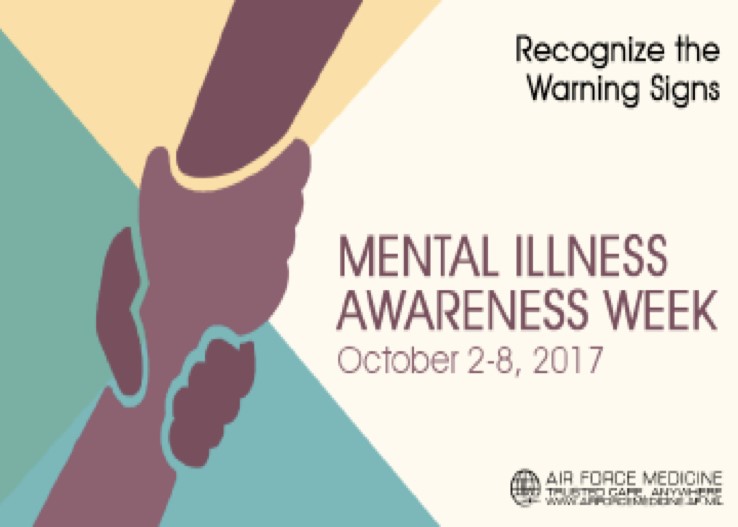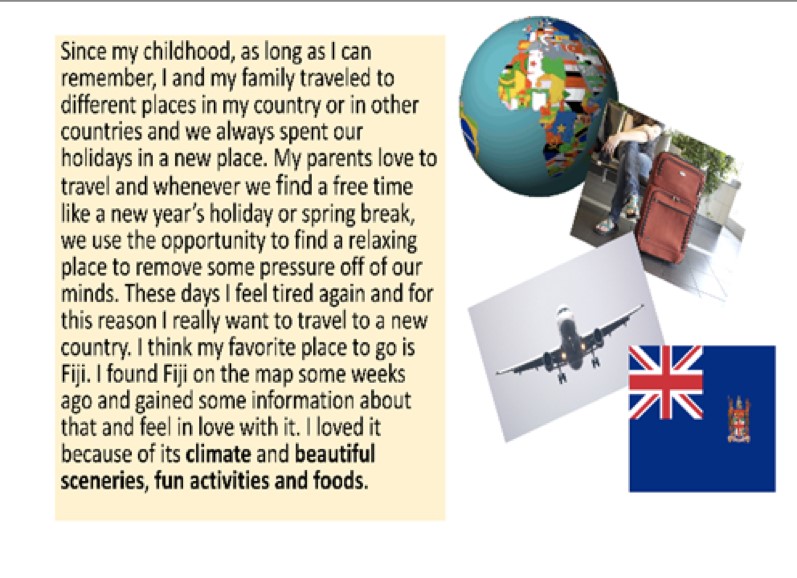 |
Today, where technology is accessible even to very young
children, written text is considered but one of the many ways through
which people communicate. The affordances that technology provides give a
new meaning to literacy by changing the traditional concept of writing
(Elola & Oskoz, 2017; Jiang, 2018). Some of these affordances
include the speed of sharing our files, the incorporation of different
modes in one document, and the availability of different resources on
the internet (DeVoss, 2013). These affordances also make it possible for
students to include more than written alphabets in their writing in a
very convenient process. This can have plenty of implications for
teachers and curriculum designers specifically in second language (L2)
writing, where different modes can compensate for deficiencies that L2
writers might have communicating through monomodal texts (e.g., words).
That said, it is highly beneficial to design multimodal composition
lessons with the goals, procedures, and assessment criteria defined and
informed by empirical findings. The sources that I have found very
useful for this purpose are Multimodality
and Genre: A Foundation for the Systemic Analysis of Multimodal Documents
(Bateman, 2008) and the first edition of Understanding
and Composing Multimodal Projects: A Hacker handbook’s supplement (DeVoss,
2013).
One of the important points in DeVoss’s (2013) book is her
reference to students’ need to have training in both analyzing and
writing multimodal texts. Sharing the same concern, Bateman (2008) sees
the importance of analyzing multimodal texts because they are complex in
nature and we do not interpret the meaning that comes from multiple
modes the way we do with monomodal texts. He says that multimodal
documents send out a “signal” we must detect, and that we must avoid
having any experiential preconceptions impact our making sense of these
texts (Bateman, 2008). Inspired by this literature, my intent in this
article is to describe a lesson plan for analyzing multimodal texts that
I have used in my international academic writing course at Oklahoma
State University. Influenced by the existing theories, I believe it is
more effective for every writing endeavor to start with a kind of
critical genre analysis to empower students by allowing them to
understand what is expected of them in their essay writing assignments.
In what follows, I describe lesson objectives and the three main steps
of the plan.
The Lesson
Lesson Objectives
-
Become familiar with the concept of multimodality.
-
Distinguish the goals of different multimodal genres and compare them.
-
Understand how different modes are combined in each genre to fulfill its purpose.
-
Make connections between analysis and an essay assignment.
Step 1: Warm Up (10 minutes)
As a warm-up activity, you can show students two versions of
the same essay side-by-side, projected on the screen: one with only
written text and the other with some visuals accompanying the written
text. Ask students, “Which text do you prefer and why?” After they
respond, ask them how they think the two texts are different. Here,
students usually refer to one of the texts having visuals, which can
provide you with a smooth transition to the concept of
multimodality.
Step 2: Introducing the Lesson (60 minutes)
Define multimodality (10 minutes): Define
multimodality in a simple way for students and refer to the inclusion of
more than one or two modes, such as pictures, charts, videos, and audio
in the text. Ask students, “What happens when we put together all these
different modes?” The response that students usually provide is that we
understand the text that includes multiple modes better. Explain that
texts serve different purposes and to achieve those purposes better they
combine different modes, and as the purposes are different for every
kind of text, the modes are combined differently.
Checklist (5 minutes): Distribute a
checklist that contains the questions that guide students to identify
each genre better and to be able to compare them. This checklist can
serve as a tool for students to critically analyze the texts (Appendix
A). Provide 3-4 minutes for students to check the questions on the
checklist.
|
Figure 1. A poster.

Figure 2. A paragraph in a multimodal essay.

|
Show examples (15 minutes): Display three
multimodal genres of your choice, such as a poster (Figure 1), a short
instructional video, and a descriptive essay (Figure 2).
Display the modes one by one and make sure to give enough time for
students to fill out the checklist. Based on my experience, 5 minutes
for every text is enough.
Group work (10 minutes): Depending on the
number of students, group or pair students and ask them to discuss their
answers to the checklist with their peers or group mates. You can
devote 5 minutes to this task. After the students are done, ask them to
share their analysis with the class. This last stage can take 5–10
minutes with the discussions that may arise.
Step 3: Tailoring Analysis to Assignment (20 minutes)
It is very important to tailor this lesson to students’ main
assignment. In this class, students are required to write a descriptive
essay. To assist them in implementing their understanding in their
essay-writing process, ask them to use questions similar to the
checklist to brainstorm for their own essay. Distribute the second
checklist for students’ convenience (Appendix B). In fact, students can
use the checklist they used to analyze different multimodal genres to
decide the elements of their own multimodal descriptive essay. This
activity should be done individually by students. It can take up to 10
minutes for students to think about the answers. In the last 5 minutes
of the class, describe the lesson for the next session, which will be
about the components of a descriptive essay. Ask students to bring their
second checklist to class so you can build the next session’s lesson on
this one.
Conclusion
My experience with this lesson was successful, and it engaged
my students very well. I find this lesson and similar ones, in which
students need to analyze texts before composing their own, highly
critical. Often, writing lessons start with brainstorming and move on to
the stage where students produce their own texts. However, composition
courses need to incorporate sessions for text analysis before students
start writing in specific genres. It seems that most composition classes
skip this preliminary yet important stage. The necessity of such
lessons is felt even more in teaching multimodal essays as an emerging
multimodal genre. Therefore, I recommend this lesson to international
composition course teachers.
References
Bateman, J. A. (2008). Multimodality and genre: A
foundation for the systematic analysis of multimodal
documents. Basingstoke, England: Palgrave MacMillan.
DeVoss, D. N. (2013). Understanding and composing
multimodal projects: A Hacker handbooks supplement (1st ed.). Boston, MA: Bedford/St.
Martin’s.
Elola, I., & Oskoz, A. (2017). Writing with 21st century social tools in the L2 classroom: New literacies, genres, and writing practices. Journal of Second Language Writing, 36, 52–60.
Jiang, L. (2018). Digital multimodal composing and investment
change in learners’ writing in English as a foreign language. Journal of Second Language Writing, 40, 60–72.
Appendix A
The checklist for multimodal text analysis (Adapted from DeVoss, 2013)
|
Questions/Genres |
Text 1 |
Text 2 |
Text 3 |
|
What kind of text do you think it is? |
|
|
|
|
Which modes are represented? (e.g.
written words, pictures, videos, audios, etc.) |
|
|
|
|
In your opinion, which mode(s) are predominant? |
|
|
|
|
What do you think is the purpose of this text? |
|
|
|
|
Who is the audience of this text? |
|
|
|
|
Do you think the combination of
different modes help the purpose of the text to be clear? |
|
|
|
Appendix B
The checklist for students’ brainstorming
|
What kind of text will you be writing? |
|
Which modes do you think you will be using? |
|
In your opinion, which mode will be
the predominant mode in your writing? |
|
What do you think is the purpose of your writing? |
|
Who is your audience? |
|
Do you think the combination of
different modes helps the purpose of the text to be
clear? |
Sara Nezami Nav is a PhD student and teaching
assistant at Oklahoma State University’s TESL program. Sara’s research
interests are second language academic writing, systemic functional
linguistics, discourse analysis, and genre analysis. |

